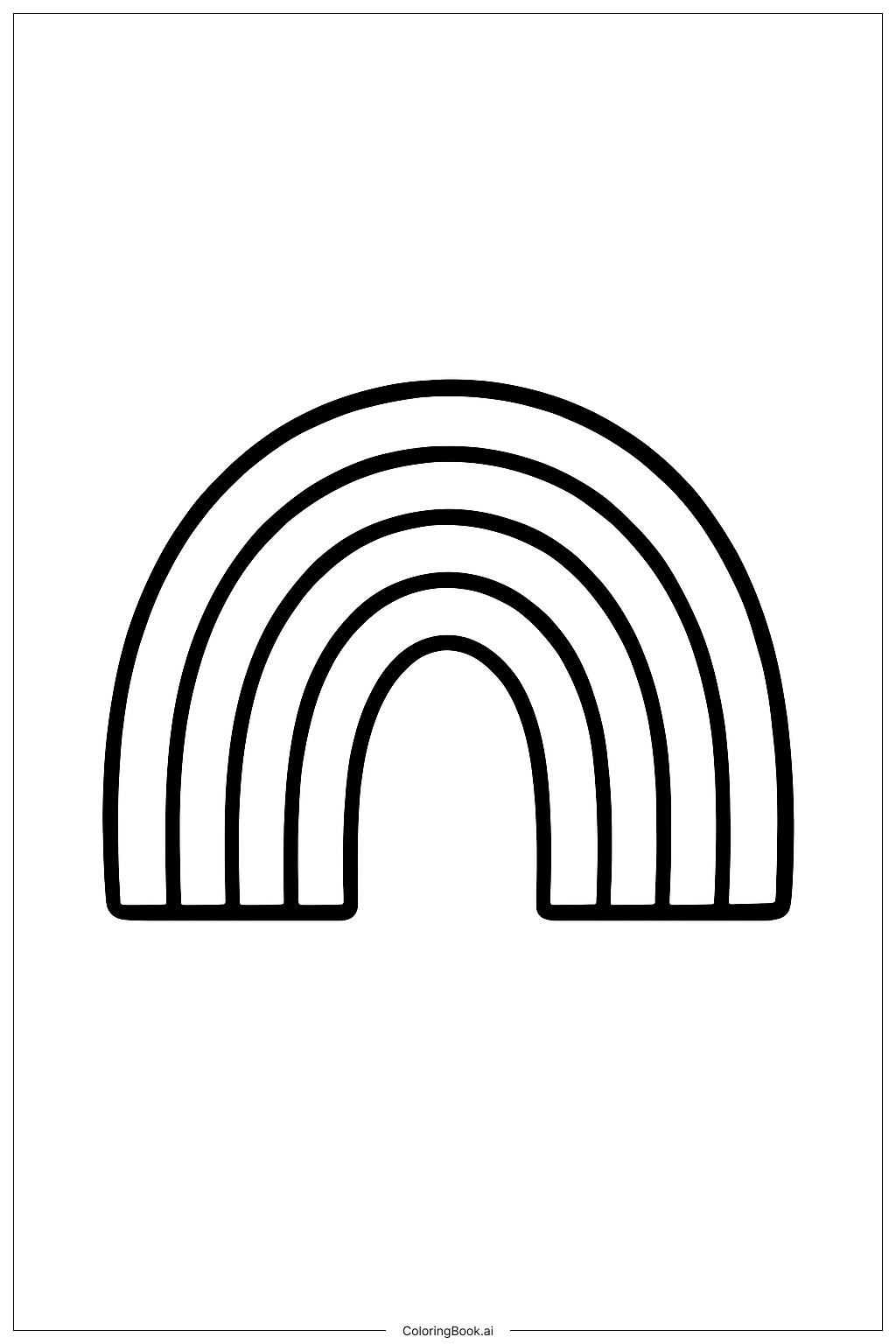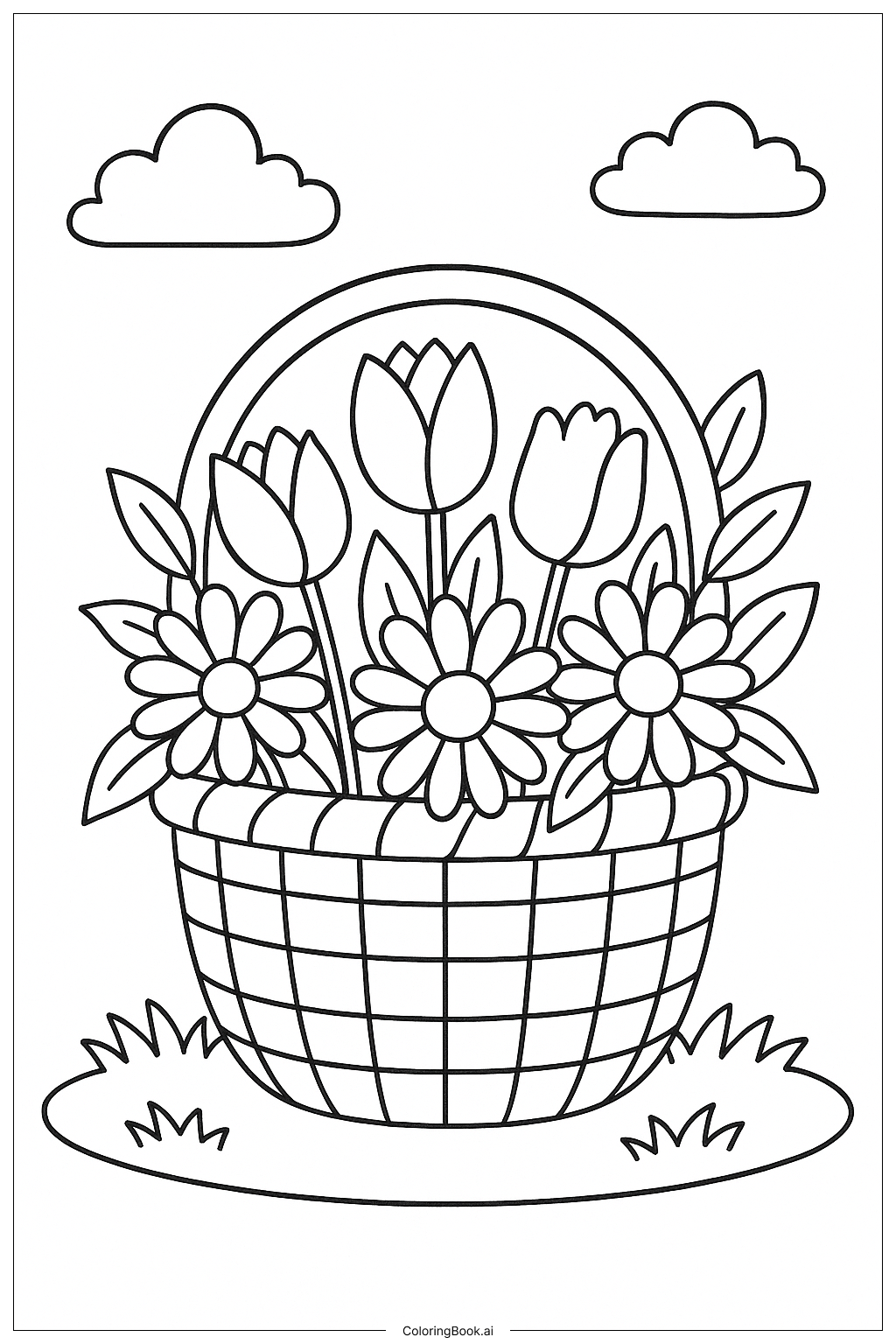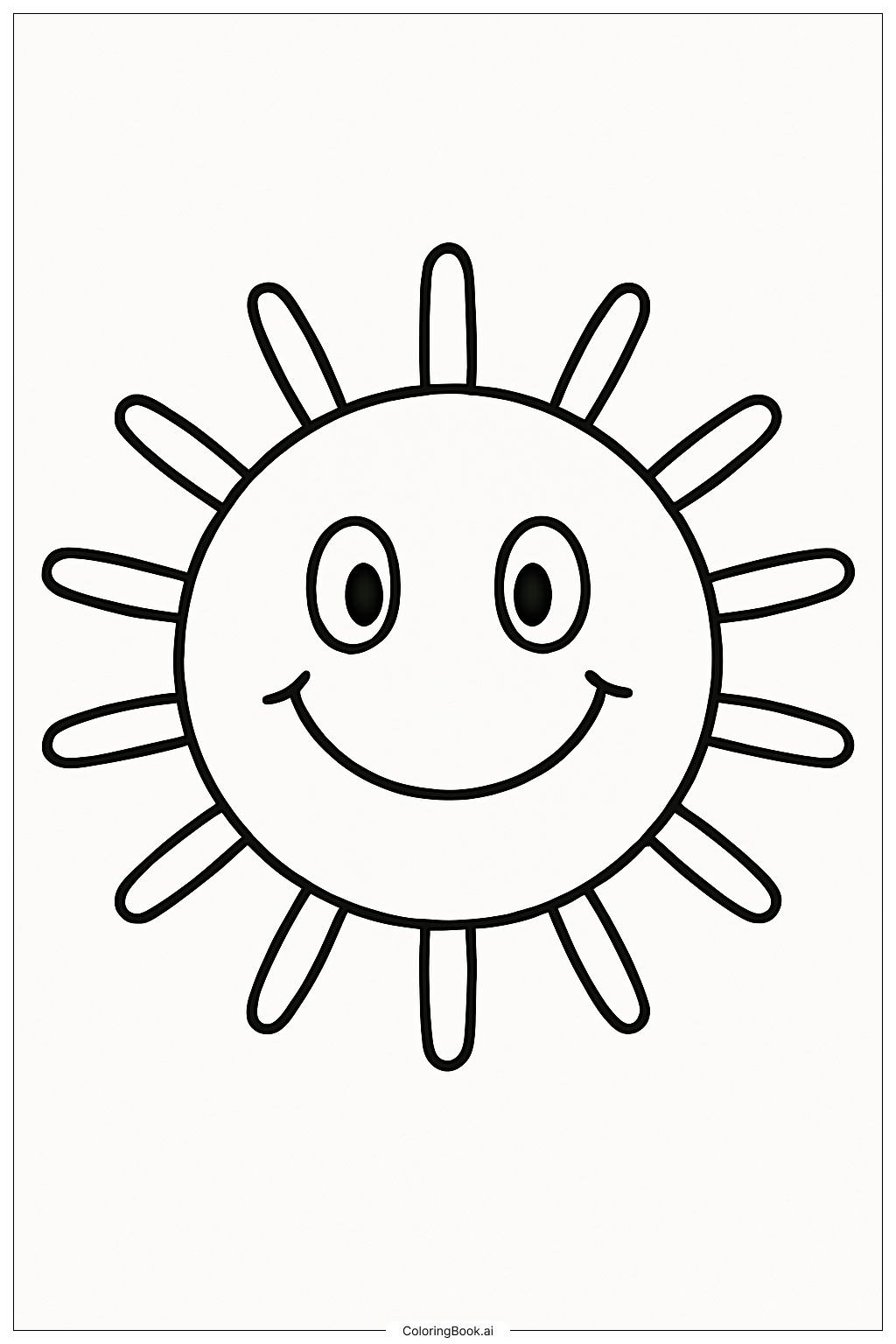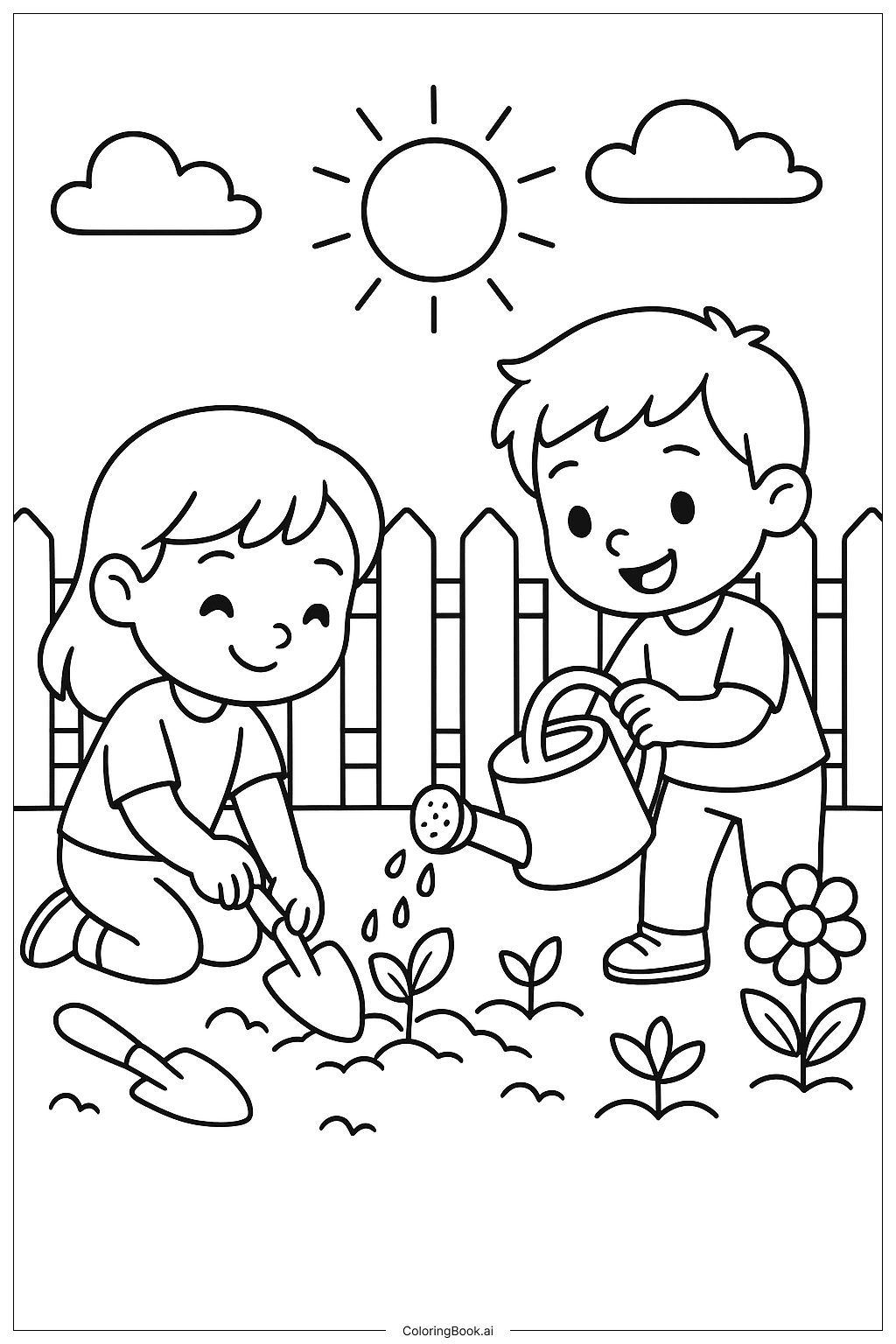Coloring tips: How to color A Single Spring Rainbow coloring page well?
Try using the traditional rainbow colors to fill the arches: red, orange, yellow, green, blue, indigo, and violet. You can start from the outer arch with red and move inward to violet. Use bright and vivid colors to make the rainbow stand out. Stay inside the lines to keep the design neat. If you want, try blending similar colors slightly where the arches meet for a smooth transition. You can also add sparkles or little stars around the rainbow with colored pencils or markers. This will make the picture look magical. Using crayons or markers works well as they cover the space quickly and brightly. Have fun choosing the colors that you like the most!
Coloring challenges: Which parts are difficult to color and need attention for A Single Spring Rainbow coloring page?
1. Keeping colors inside the thin arches can be tricky because the spaces are narrow and require careful hand control.
2. Creating smooth color transitions between the arches might be difficult without blending tools or practice.
3. Choosing colors that look good together while still resembling a rainbow may be confusing for some children.
4. Filling the shapes evenly to avoid patchy or streaky areas takes patience and attention.
5. Younger children might struggle with staying focused on coloring within the lines of this simple but precise design.
Benefits of coloring books: Advantages of drawing A Single Spring Rainbow coloring page
Coloring this rainbow helps improve fine motor skills by practicing careful movements within small spaces. It encourages children to learn about colors and their order in a rainbow. This activity supports creativity by allowing kids to decide how bright or soft their colors will be. Coloring can be relaxing and fun, helping reduce stress. It also builds confidence as kids complete the clear and simple design, seeing their nice finished work.




